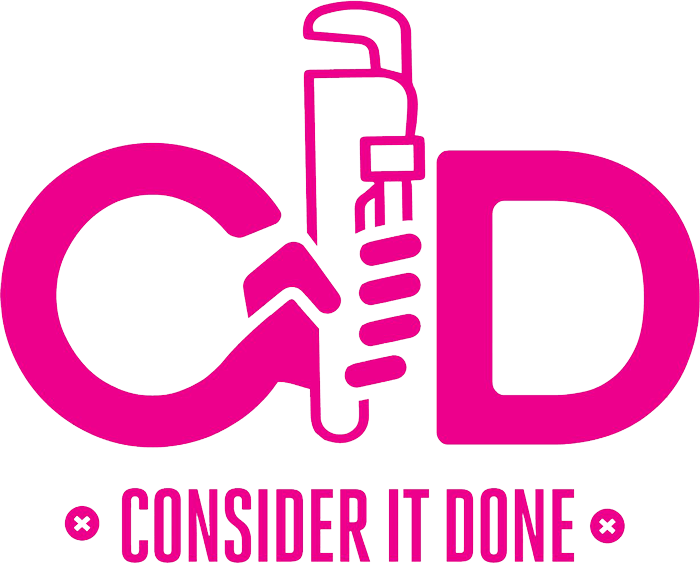Grease Traps 101: The Heroes of Commercial Kitchens
In the world of commercial kitchens, there’s a silent guardian that works tirelessly to keep things running smoothly. No, it’s not the dishwasher or the sous chef; it’s the grease trap. This unassuming device plays a crucial role in preventing grease-related plumbing disasters. Let’s dive into the world of grease traps, understand their importance, and learn how to maintain them.

What is a Grease Trap?
A grease trap, also known as a grease interceptor, is a plumbing device designed to intercept and capture grease and solids before they enter the wastewater disposal system. By doing so, it prevents blockages and potential sewer overflows.
How Does It Work?
Grease traps work on a simple principle: grease and oil are lighter than water and will float to the top. The trap allows water to flow out while retaining the grease and solids inside.
Why Are Grease Traps Important?
- Environmental Impact: Grease blockages can lead to sewer overflows, contaminating local waterways and harming aquatic life.
- Financial Impact: Blocked sewer lines can result in hefty fines and costly repairs.
- Operational Impact: A clogged kitchen drain can halt operations, leading to lost revenue and unhappy customers.
Maintaining Your Grease Trap:
- Regular Cleaning: Depending on usage, grease traps should be cleaned every 1-3 months. This involves removing the accumulated grease and solids.
- Professional Inspections: Have a professional inspect and clean your grease trap periodically to ensure it’s functioning correctly.
- Keep Records: Maintain a log of all cleanings and inspections. This can be useful for warranty claims and is often required by local health departments.
Signs Your Grease Trap Needs Attention:
- Slow Drains: If sinks in your kitchen are draining slowly, it might be time to clean the grease trap.
- Unpleasant Odors: A foul smell coming from the drain can indicate an overflowing or malfunctioning grease trap.
- Backups: Water backing up in floor drains is a clear sign of a blockage, possibly due to an overwhelmed grease trap.
DIY vs. Professional Cleaning:
- While some smaller grease traps can be cleaned by staff, larger ones often require professional equipment and expertise. Regular DIY cleanings combined with periodic professional services can be an effective approach.
Grease Trap Best Practices:
- Scrape Plates: Before washing dishes, scrape off food particles and grease into the trash.
- Use Strainers: Place strainers over sink drains to catch solids.
- Educate Staff: Ensure all kitchen staff understand the importance of the grease trap and best practices to reduce strain on it.
Conclusion
Grease traps might not be the most glamorous part of a commercial kitchen, but they’re undoubtedly one of the most essential. With regular maintenance and a bit of care, they’ll serve your kitchen well, ensuring smooth operations and preventing plumbing nightmares. So, here’s to the grease trap, the unsung hero that deserves a bit more of the spotlight!
